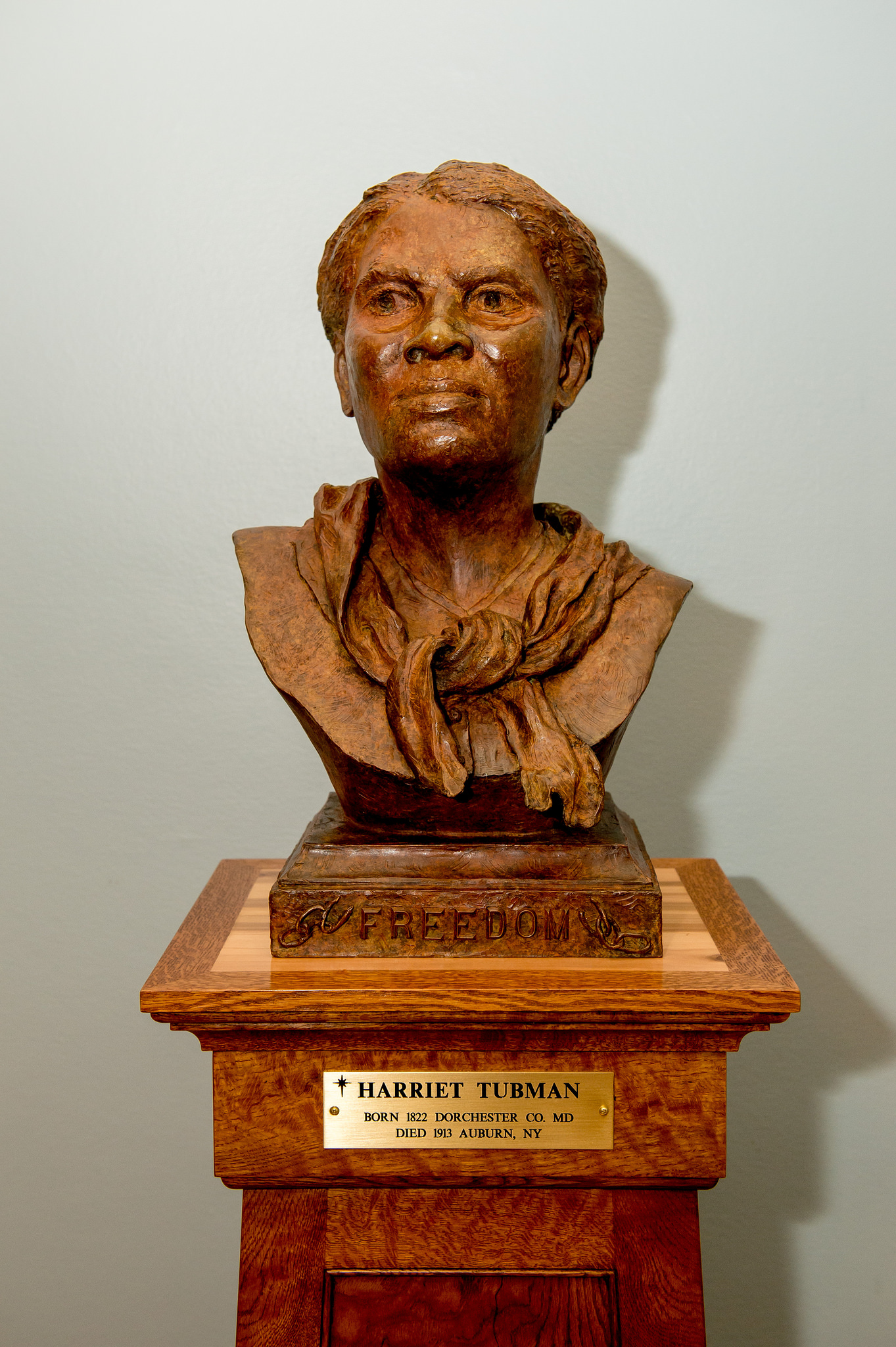When the Treasury of the United States of America announced that the $10 bill was deemed too easy to counterfeit back in 2012, the officials likely didn’t expect that the decision to put a woman on the face of the $10 bill would spark such a big debate among American society. Four years later, the decision on whom to put on the new bill still has not been taken, due to the sheer amount of comments on the matter. It would be the first woman to grace a dollar bill in more than a hundred years. Previously, Martha Washington, the wife of the well-known founding father, had made a short appearance on $1 silver certificates. There are huge divides between the various camps, allowing an insight into the American soul.
The move by the Obama administration is seen as one acknowledging the empowerment of women. As a result, a lot of the potential candidates discussed by the public are not scientists or authors like in many other states around the planet, but those promoting equality. In the feminist camp, the suffragettes Susan B. Anthony and the women’s rights pioneers Betty Friedan and Elizabeth Cady Stanton are in high currency. Others favour Eleanor Roosevelt, the late First Lady and stateswoman who dedicated her life to the advancement of human rights.

However, not everyone agrees with these proposals. Especially among black rights activists, it is paramount that the person not only be a woman, but also black, as a recognition of the black community’s struggle. Many different names come to mind, the most prominent being Rosa Parks, the woman who refused to stand up for a white man on the bus, making her one of the idols of the black rights movement. Other candidates put forward by this camp are Harriet Tubman, abolitionist and founder of the Underground Railroad during the American Civil War; Fannie Lou Hamer, who fought for black voting rights in the 1960s; and Sojourner Truth, a suffragist and abolitionist.
The person currently on the $10-dollar bill is Alexander Hamilton, creator of the American financial system and one of the most prominent founding fathers of the nation, but there’s a catch. Where he is popular, the person on the $20 bill, President Andrew Jackson, is not. Jackson has a heinous past of owning hundreds of slaves and waging war on Native American populations.

The most contentious issue, however, is not necessarily who to put on the new bill, but if whoever is selected should grace the new $10 bill at all. The $10 bill does not have a very high value in relation to other bills, and it is also not very common, as most ATMs dispense $20 bills instead. People argue that putting a woman on this bill would depreciate women. As a result, many people favour postponing the new issue of $10 bills and putting the $10 candidate on the $20 bill instead to replace someone unworthy rather than President Hamilton on the $10.
The most high-profile proponent of this measure is the Women on 20s campaign. The movement demands that both a woman to be put on the $20 bill and vignettes of suffragettes be put on the opposite side of Mr. Hamilton’s $10 bill. In an online poll with more than 600,000 participants, the campaign elected Harriet Tubman as a favourite, winning over Eleanor Roosevelt by 15,000 votes.
Indeed, the USA are far behind other countries when it comes to featuring women on notes. Both of its neighbours, Canada and Mexico, already have women on their bills. The same applies to almost all Western countries. Australia has taken it a step further and features a woman on either the back or the front of its notes. Even socially conservative countries such as Syria and Turkey are more advanced in this than the United States.

In politics, however, the question has been ignored or does not seem to play an important role. Indeed, when asked about who should be on the new bill at a Republican primary election debate, only about half of the presidential candidates could give a valid answer. A few opted for their mothers or daughters, some for foreigners, one even proposed to have no person at all on the new bill, discounting the move as a nonpartisan “gesture.” The issue threatens to become a national embarrassment, a failed PR stunt by the current Obama administration complicated even further by its failure to decide on the question before the 2015 deadline ran out.
In any case, even if a decision on the matter is taken in the near future, we will not see the bill in circulation anytime soon. Each new bill requires long development and rigorous tests in order to prevent counterfeiting. Further, as a result of a recent court decision, the new bill will also feature a raised tactile texture in order to allow blind people to identify the bill’s value. This further complicates the development of the new bill.
What remains is a debate around a subject that goes to the very heart of America. The festering wounds of continuous oppression, both of women and African Americans, that are revealed in the process make clear that the United States is still haunted by the spectres of days past, and that it will take a long time until these issues are finally addressed appropriately. The introduction of a symbol that is intended to make up for past wrongdoings, then, is only a small step on the road of redemption.
Photo credits:
Picture 1: Maryland GovPics, licensed under CC BY 2.0
Picture 2: Quinn Dombrowski, licensed under CC BY-SA 2.0









